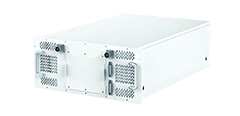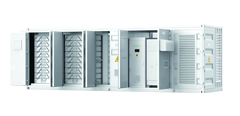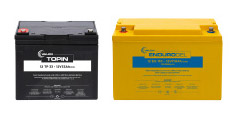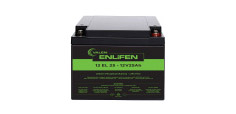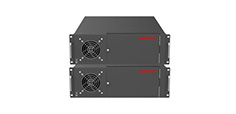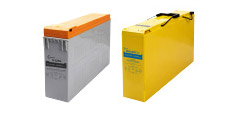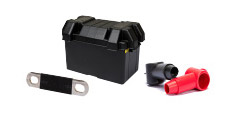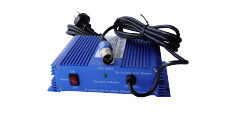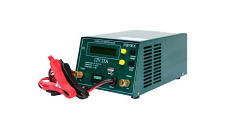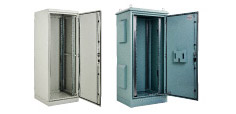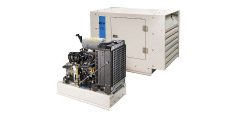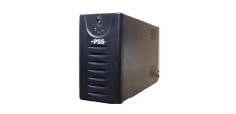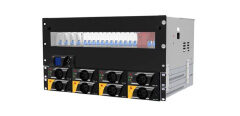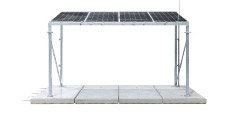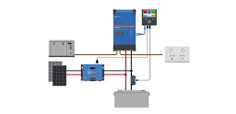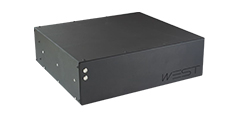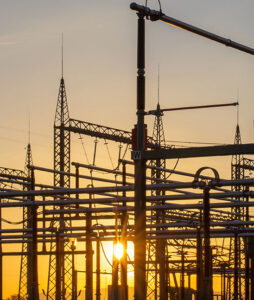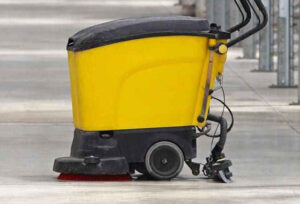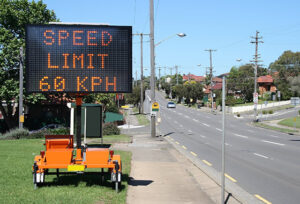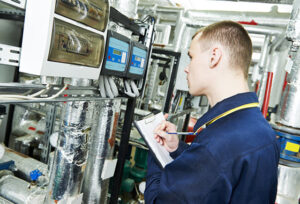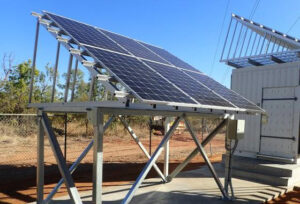How to correctly charge starter batteries used in fire pumping systems. For technicians in the fire systems industry, it’s not only important to ensure that the right type of starter batteries are used in diesel-powered fire pumping systems, but that the correct charging methods are always followed.
Cases of starter batteries exploding several months after installation have been known to occur. It has been found that these batteries exploded due to a combination of reasons.
One of the main reasons was that “maintenance free” automotive type batteries, rather than VRLA batteries, were being used which are not suitable for standby starting applications.
Consequently, these batteries were becoming overcharged as a result of being placed on continuous float (trickle) charge.
In this blog post, the experts at Valen explain some best practices for correctly charging starter batteries fitted to fire systems.
Why is it important to correctly charge your starter batteries?
The longevity of your battery system will often come down to the charger, the charging voltage and the battery temperature.
Correctly charging your battery is essential to ensure it’s ready for when it’s required, undercharging or overcharging will result in the battery not performing when it’s required.
Undercharging will mean the battery doesn’t have the power required to start the engine or diesel pump.
Overcharging a VRLA Battery, such as an AGM type, can cause major issues. This is because overcharging allows the battery to gas the hydrogen and oxygen out of the battery instead of storing it within the battery. This leads to cell dry out, without the hydrogen and oxygen the battery is unable to operate.
Ensuring your charger is suited and correct for your battery system and application is as important if not more important than having the correct battery. Without the correct charger, the system will still be compromised and potentially fail when required.

What do I need to be aware of in relation to my battery and battery charger?
Following a series of incidents where starter batteries fitted on backup diesel engine systems exploded due to incorrect charging methods, WorkSafe Victoria released a Safety Alert in November 2012.
The Safety Alert made the following recommendations in relation to batteries and chargers used in fire pump systems:
- Avoid using automotive type “maintenance free” batteries that have no provisions for periodic top-ups with water and/or monitoring of liquid levels in all cells where constant float charging is used. Instead, use (vented) stationary type batteries in backup (including fire pump) diesel engine applications.
- If VRLA (batteries) are utilised in applications where average temperatures will be regularly above 25°C, charger voltage output control should have temperature compensation provision in accordance with battery manufacturer recommendations. Temperature is a major factor in battery performance, charging and voltage control. At higher temperatures, there is dramatically more chemical activity inside a battery. (Note – low temperatures also impact charging and temperature compensation is advisable.
- It is critical that a charger be used that limits voltage. A temperature-compensating, voltage-regulating charger, which automatically reduces the charge rate as the battery approaches the fully charged state, shall be used.
- A battery will “gas” near the end of the charge because the charge rate is too high for the battery to accept. A temperature-compensating, voltage regulating charger, which automatically reduces the charge rate as the battery approaches the fully charged state, eliminates most of this gassing.
- Always use an automatic temperature-sensing, voltage-regulated charger! Set Boost/Absorption charge at 14.4 to 14.6 volts at 20°C. Do not exceed 14.6 volts. Set Float charge at no higher than 13.8 volts. For optimum results, refer to your battery manufactures Operations and Installation Manual.
- Thermal runaway – A warmer battery requires a reduced voltage. If the voltage is not reduced, the current accepted by the battery increases and heating increases. This can continue in a loop feeding on itself with the battery temperature and charging current rising to destructive levels! Thermal runaway can be prevented with temperature compensation monitoring at the battery – not the charger. Beware; many chargers measure the ambient temperature which could be significantly different from the battery’s internal temperature.
- Undercharging allows the positive grids to corrode and the plates to shed, dramatically shortening battery life. The battery also has to work harder at a reduced capacity which makes it vulnerable to inadvertent overcharging and eventual damage.
- Do not continuously turn your battery on and off for months at a time as this can shorten the battery life expectancy. Storage of any type of VRLA battery, without charging, can result in loss of capacity, cell shorting and loss of float life. It can also void the battery’s warranty.
What parameters are recommended for my battery charger?
The float charge voltage is commonly recommended to be between 13.0 VDC and 13.8 VDC at 25C; however, each manufacturer will have a specific charge voltage for their batteries.
It is extremely important that the float charge voltage of the battery is set in accordance with the battery manufacturer’s requirements to prevent incorrect charging and gas build-up, which may result in an “explosion” risk as mentioned above.
What do I need to do to be safe?
- Always use AS4029.2 compliant VRLA AGM batteries in your pumping system
- Regularly maintain batteries and battery chargers in accordance with AS1851
- Use a temperature compensated charger and ensure that it meets the criteria as outlined by Worksafe Victoria above.
- Always wear the correct PPE Equipment when around battery systems
- Ensure correct warning signs and stickers are in use
Looking for more information about fire system batteries and charging? Talk to the experts at Valen.
Our extensive experience working with the fire systems industry has led us to understand the unique challenges that technicians face.
As end-to-end service providers, we provide all our fire system clients on-site training for technicians, covering everything from installation, charging and how to correctly use our load testers.
To talk to one of our knowledgeable team members about your particular fire system, simply click here to get in touch.



